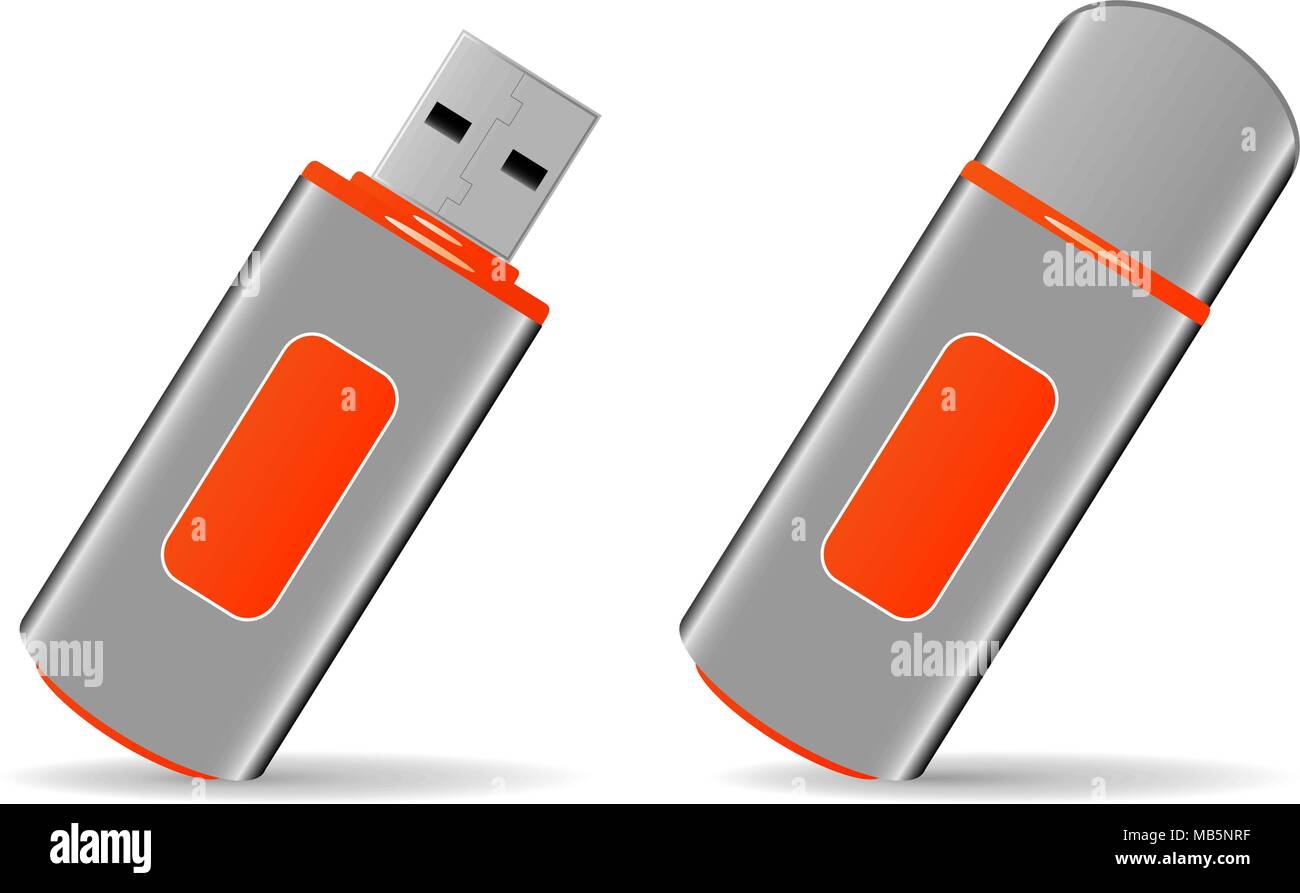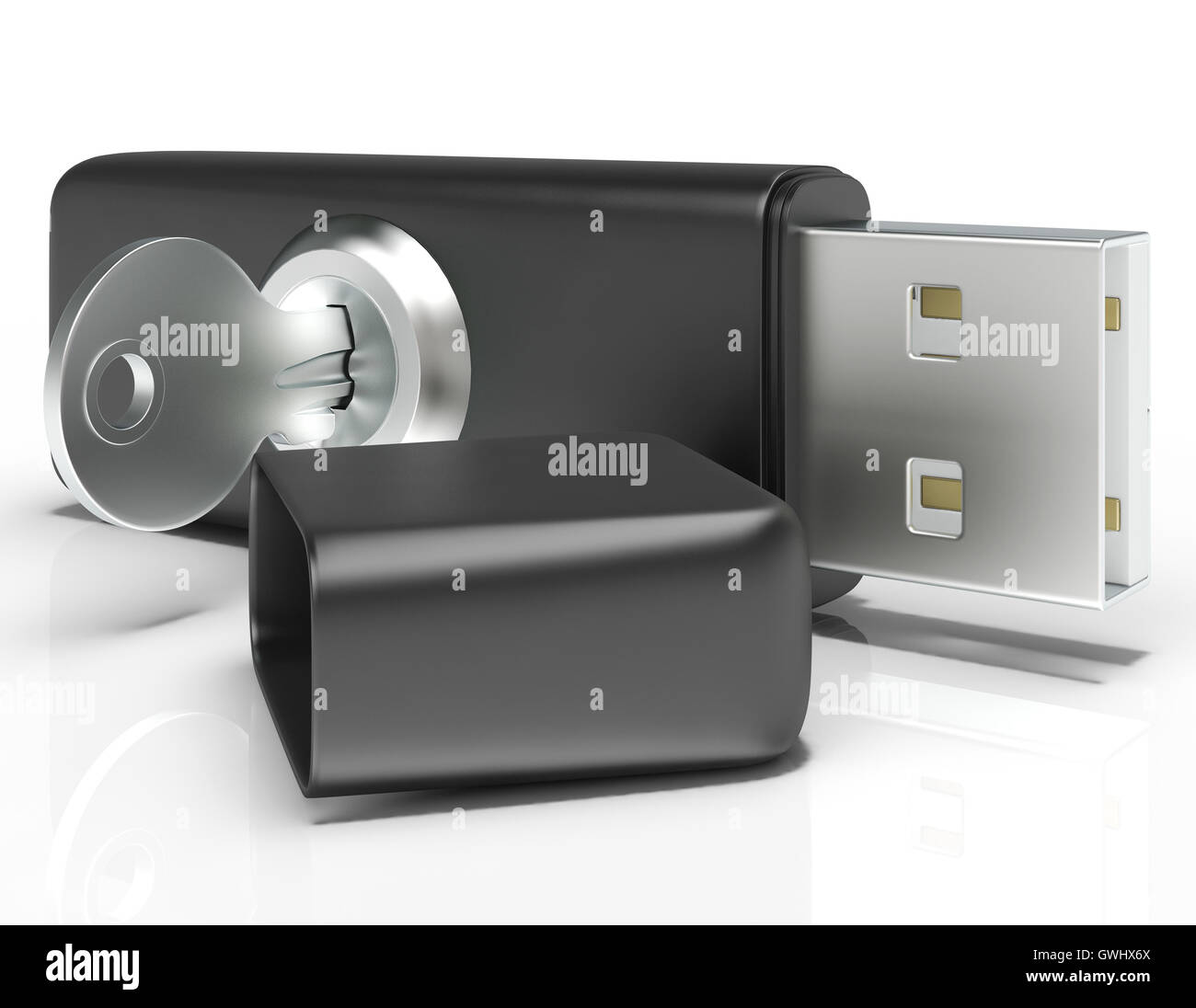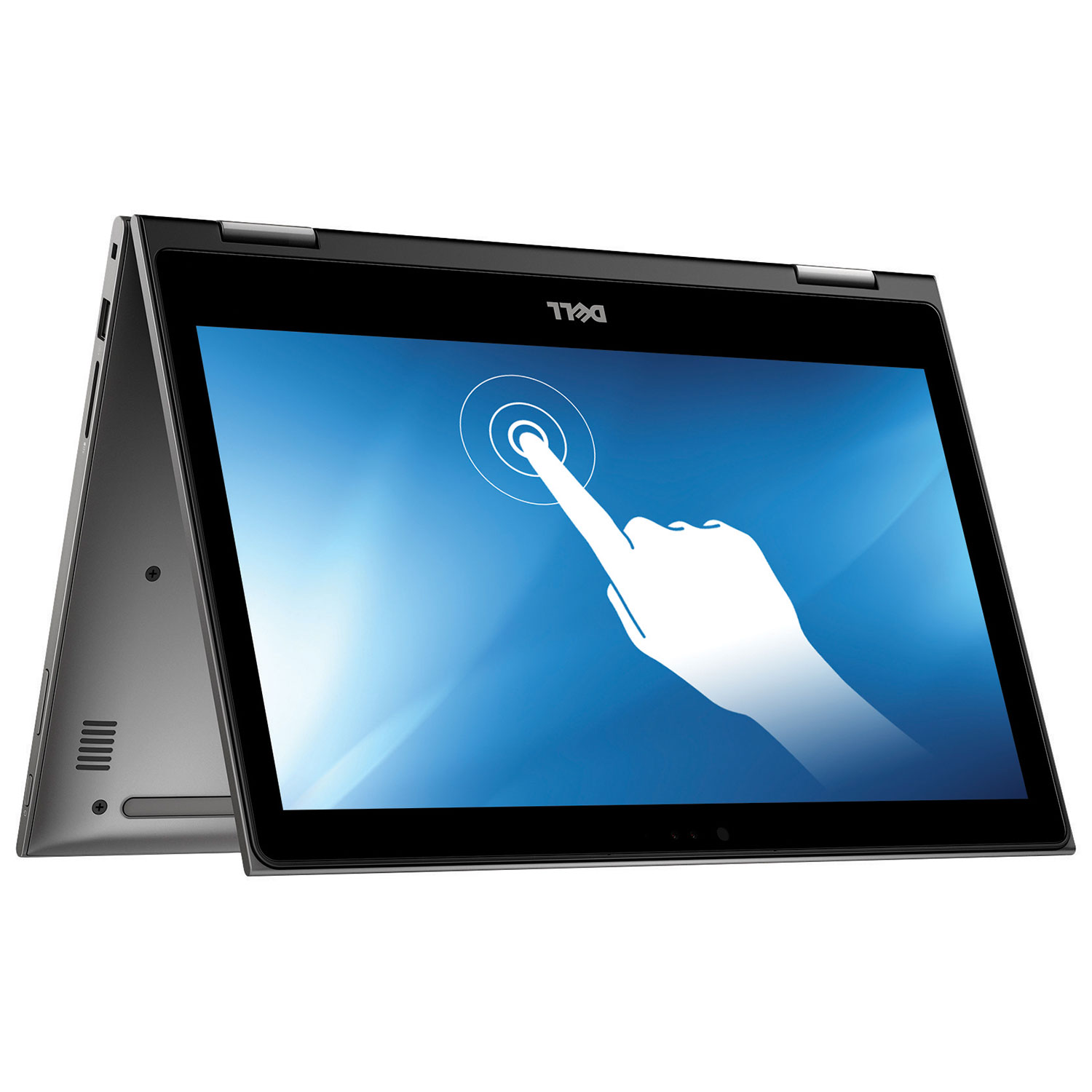So, you’ve invested in some fantastic portable flash equipment – strobes, speedlights, modifiers – and you want to keep them in tip-top shape for years to come. That’s great! This isn’t just about keeping your gear looking pretty; proper maintenance and storage significantly extend the lifespan of your lighting and protect your investment. This guide will walk you through everything you need to know to ensure your portable flash gear remains reliable and performs flawlessly, shoot after shoot.
Cleaning Your Flash Equipment: The Gentle Approach

Dust, sand, and other debris are the enemies of your flash equipment. Think of it this way: your flash is precision machinery. Dust can interfere with delicate contacts and moving parts, potentially leading to malfunctions. After each shoot, take a few minutes to give your gear a gentle cleaning. Use a blower bulb to remove dust from the flash head, battery compartment, and other crevices. For tougher grime, a slightly damp (not wet!) microfiber cloth can work wonders. Avoid harsh chemicals or abrasive cleaners, as these can damage the finish and potentially internal components. For the lens of your speedlights, consider using a lens cleaning pen.
Storing Your Flash Units: A Safe Haven

Storage is just as crucial as cleaning. Improper storage can lead to damage from temperature extremes, moisture, and physical impacts. Here’s the ideal approach:
- Temperature Control: Avoid extreme temperatures. Direct sunlight, hot cars, and freezing garages are all enemies of your flash equipment. Aim for a cool, dry environment with stable temperatures.
- Moisture Control: High humidity can lead to corrosion and mold. Use silica gel packets in your storage case to absorb excess moisture. Remember to regularly replace these packets.
- Protection from Impact: Store your flash units in padded cases or bags. This protects them from bumps, scratches, and accidental damage during transport and storage. Consider custom-fit cases for added protection.
- Organized Storage: Keep your accessories – softboxes, umbrellas, stands, etc. – organized and easily accessible. Labeling your storage containers can save you valuable time and frustration when you’re setting up for a shoot.
- Battery Storage: Store your batteries separately from your flash units, preferably in a cool, dry place. Fully charged batteries should be stored at around 40-50% capacity to maximize their lifespan. Don’t leave batteries in the flash units for extended periods, especially if they’re not fully charged.
Maintaining Your Flash Modifiers: Softboxes, Umbrellas, and More
Your flash modifiers are also an investment that deserves proper care. Gently clean your softboxes and umbrellas with a damp cloth. Be careful not to get the interior surfaces too wet, as this can damage the reflective material. Store them carefully to avoid creases and tears. For speed ring adapters, ensure they are correctly mounted, and avoid dropping or banging them. Regularly inspect your modifier materials for wear and tear, and replace them if necessary.
Regular Inspections: Catching Problems Early
Proactive maintenance is key. Regularly inspect your flash units and accessories for any signs of damage, wear, or malfunction. Check the flash tubes for any cracks or discoloration. Look for loose screws, damaged cables, or any unusual wear on the battery contacts. Addressing small issues early can prevent bigger problems down the road. A little time spent on regular maintenance will save you significant time, money, and potential headaches in the long run.
Troubleshooting Common Issues
Even with diligent care, problems can sometimes arise. Here are a few common issues and potential solutions:
- Flash doesn’t fire: Check the batteries, ensure the flash is turned on, and examine the hot shoe connection. Inspect for any damaged contacts.
- Weak flash output: Check battery charge, ensure the power setting is correct, and examine the flash tube for any damage.
- Inconsistent flash output: This could indicate a battery problem or a more serious internal malfunction. If cleaning and battery checks fail to resolve the problem, seek professional repair.
- Damaged modifiers: Carefully inspect softboxes, umbrellas, and other modifiers for rips, tears, or broken parts. Repair or replace as needed.
When to Seek Professional Help

While much of the maintenance can be handled at home, there will come a time when you need professional assistance. If you’re experiencing persistent problems with your flash units, or you’ve discovered damage you can’t address, it’s best to seek help from a qualified repair technician. Attempting repairs yourself could void your warranty and potentially cause further damage.
Conclusion: Investing in Your Equipment’s Longevity

Taking the time to clean, store, and maintain your portable flash equipment is an investment in its longevity and your success. Following these simple guidelines will not only extend the lifespan of your gear but also ensure you’re ready to capture stunning images whenever inspiration strikes. Remember, properly cared-for equipment is a reliable partner that will be there for you, shoot after shoot, for years to come.


